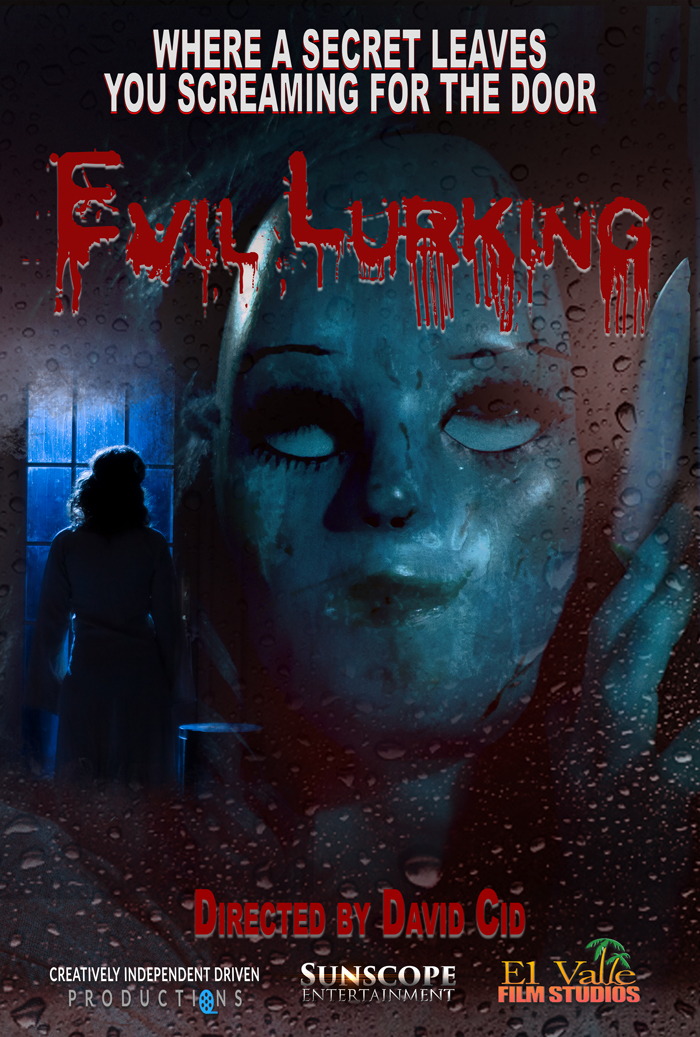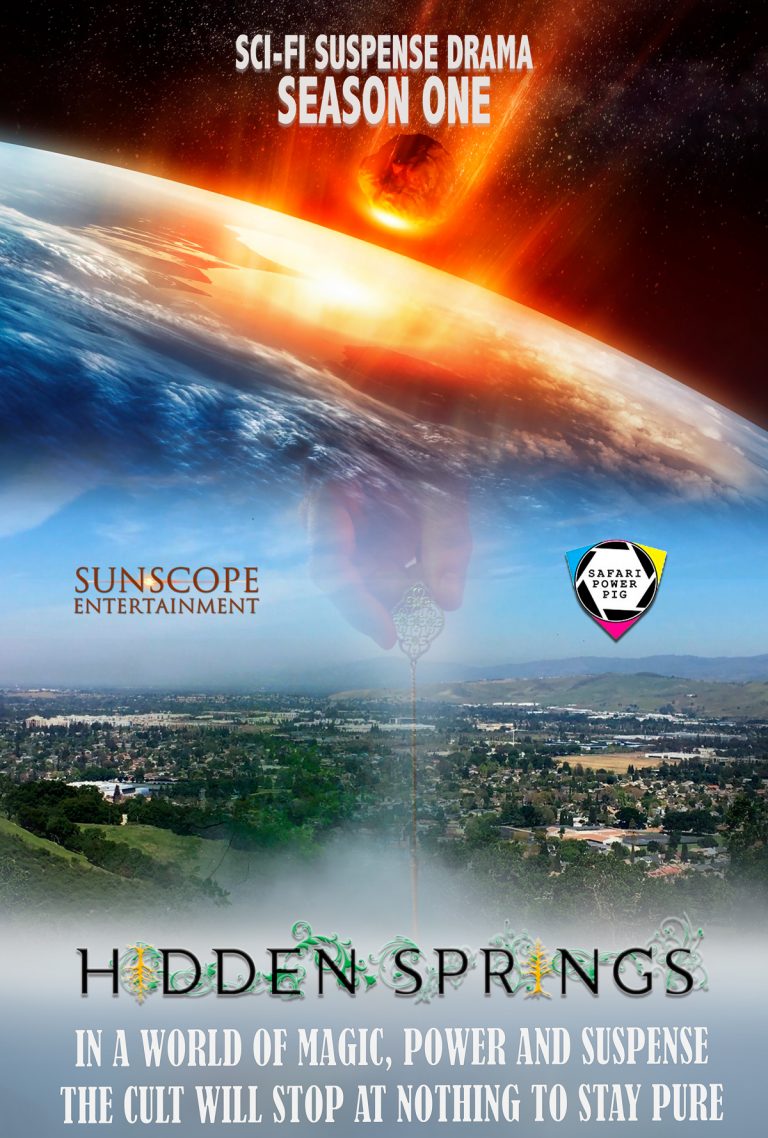Title: KING & BUKOWSKI
Story by Linda King, Scott Dylyn, and Ron Cobert
Screenplay by Ron Cobert
Genre: Biopic Feature Film
Born and raised in the rugged landscapes of Boulder, Utah, Linda King grew up as a free-spirited cowgirl in a tight-knit family of five sisters. Raised by a hard-drinking father and a subservient mother, she thrived in the vast open spaces of the Utah range, riding horseback through red rock gorges and moving cattle across miles of unforgiving terrain. Yet, her dreams stretched far beyond the rolling hills of home.
At sixteen, Linda left the constraints of her Mormon upbringing and hopped on a bus to California, determined to become a Hollywood actress. She enrolled at the Actors Studio West, the legendary training ground of Marlon Brando, Marilyn Monroe, and James Dean. But fate had other plans. She fell for Carlo, a striking yet deeply troubled Catholic veteran, and married him on impulse. Soon, she found herself trapped in a suffocating marriage, burdened by forced intimacy and unfulfilled dreams.
Then, the Ouija Board entered her life.
During the height of the spiritualist craze, Linda became obsessed with the board’s cryptic messages, particularly a chilling prophecy about her father’s death. Fear consumed her. Her family and husband dismissed her growing fixation as hysteria, and soon, she was forcibly institutionalized. Diagnosed as a mentally unstable woman addicted to the occult, Linda was subjected to heavy medication and electroconvulsive therapy. But she wasn’t alone. Her father, shotgun in hand, stormed the institution, demanding her release with a threat that left no room for negotiation: “You better let her go, or I’m gonna plaster your fancy-talking heads all over that white wall.”
Freed from both the asylum and her marriage, Linda reclaimed her independence and gravitated toward the artistic pulse of 1970s Hollywood. She immersed herself in the underground poetry scene, mingling with literary giants in smoky venues like The Bridge. A stunning, fearless woman in a male-dominated world, she made her mark as both a poet and a sculptor, capturing the likeness of the most renowned poets of her time.
Then came Charles Bukowski.
A hard-drinking, chain-smoking literary outlaw, Bukowski was both a genius and a mess—crude, brilliant, and relentlessly prolific. At first, Linda saw nothing attractive about him. But his raw talent, magnetic presence, and relentless work ethic drew her in. She sculpted his bust, and in the process, she fell for the man himself. Thus began an electrifying, volatile relationship—one of passion, poetry, and destruction.
Bukowski was never one for monogamy. He thrived on chaos, seducing women as effortlessly as he crafted poetry. Linda, however, was no passive lover. Matching his fire with her own, she met his affairs with her own trysts, fueling a cycle of jealousy, control, and violent confrontations. Their relationship, immortalized in both their works, became a literary battlefield of love and pain.
As Bukowski’s fame soared, Linda carved out her own legacy. She hosted legendary poetry readings, sculpted icons like Lawrence Ferlinghetti and Jack Hirschman, and built a reputation as a powerhouse in the post-Beat literary scene. But even as her career flourished, her relationship with Bukowski spiraled into a toxic loop of breakups and reconciliations.
Finally, Linda saw the truth—she had to escape. Selling her home, she severed the last ties that bound her to Bukowski and walked away, transformed. No longer just a muse, no longer just a lover—Linda King emerged as an artist in her own right.
A poet. A sculptor. A woman who carved her own name into history.





















